How to Choose Between a Real or an Artificial Christmas Tree
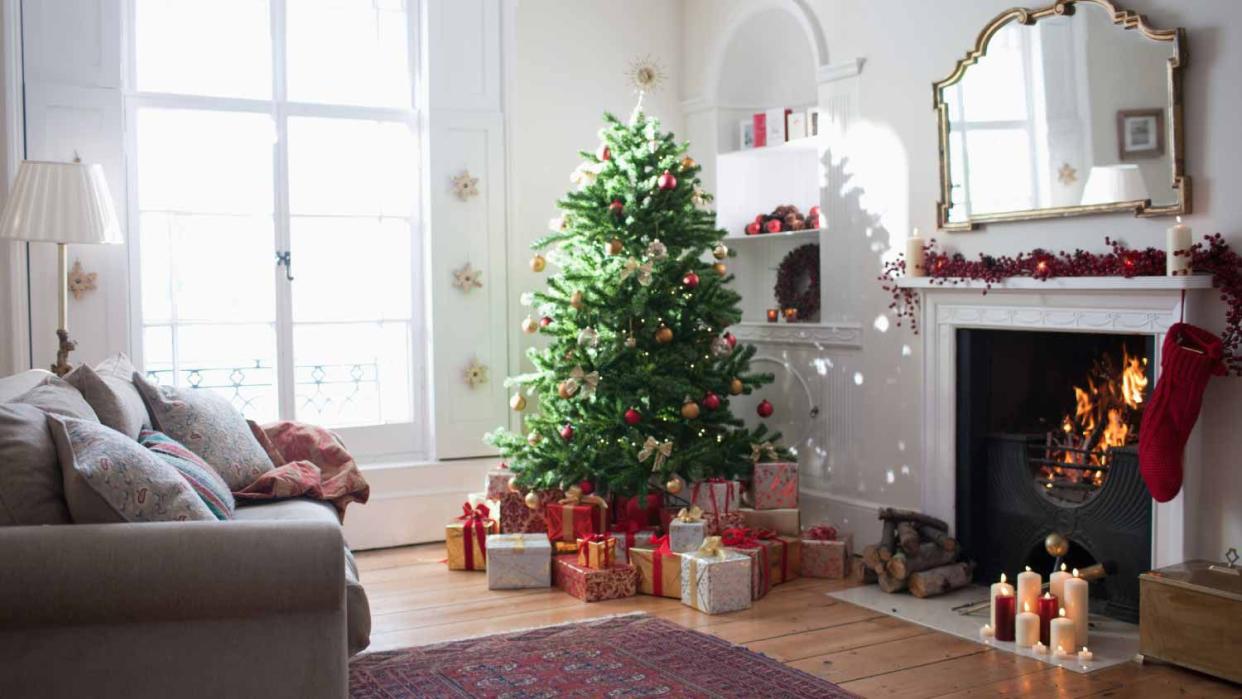
This article originally appeared on Angi and is syndicated by Cheapism.
There are generally two types of people when it comes to Christmas trees: those who are loyal to their low-mess artificial trees and those who prefer to go out each year on the hunt for an authentic and freshly harvested tree. Considering how long this tradition has been around, it’s no wonder that people have developed such strong feelings about the topic over the years.
However, if you’re still on the fence, this guide breaks down the differences between real Christmas trees and artificial ones so you can decide which type you want Santa putting presents under this year.
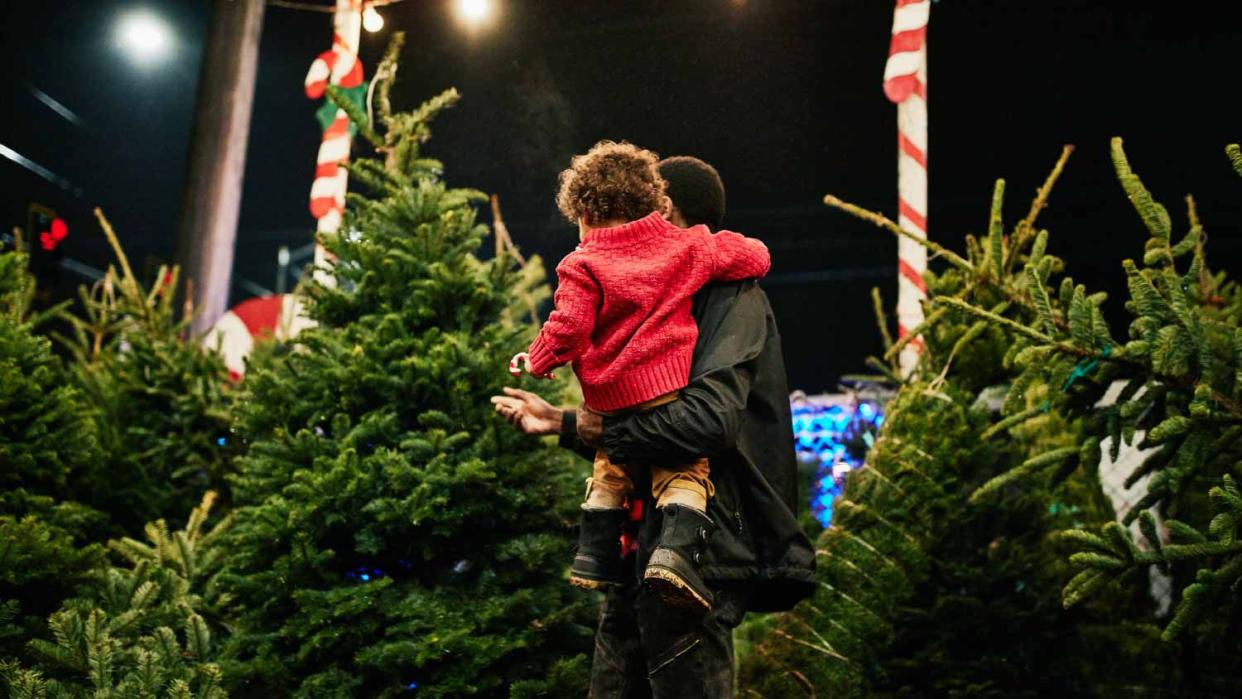
People who say that they prefer real Christmas trees to artificial ones often mention the fresh pine smell they bring into your home. In addition to having a great woodsy scent, the act of purchasing a real tree can sometimes be a big part of holiday traditions, with many people making a day of going out to hunt for the perfect tree.
If you’re short on storage space, a real tree can also be beneficial because when the holiday season is over, you don’t have to keep it around.
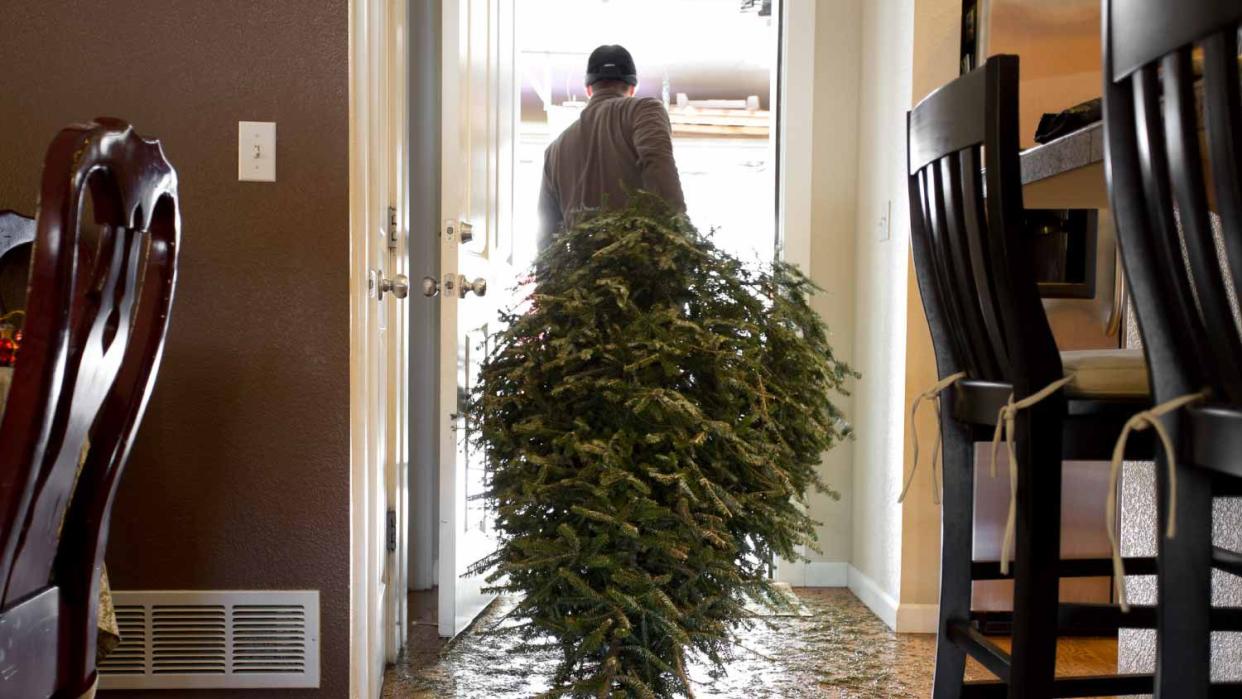
But, having a real tree can present some problems. Bringing something that was once part of the ecosystem into your home can mean inviting critters big and small inside, creating the opposite of holiday magic.
Real trees can also present an increased fire hazard. As they begin to dry out, the brittle needles and branches can pose a fire hazard. And those needles, well, they can create plenty of work as well. Cleaning up after your tree once it has begun to drop needles and branches can quickly become a holiday chore of its own.

One of the major benefits of an artificial tree is that you only have to pay for it once. After the upfront cost, which can range in price from as low as $40 to as high as several thousands of dollars, you won’t need to continue to shell out for a new tree every year. Additionally, some trees are designed to be stored partially or fully decorated, giving you one less chore to tackle during the already busy holiday season.
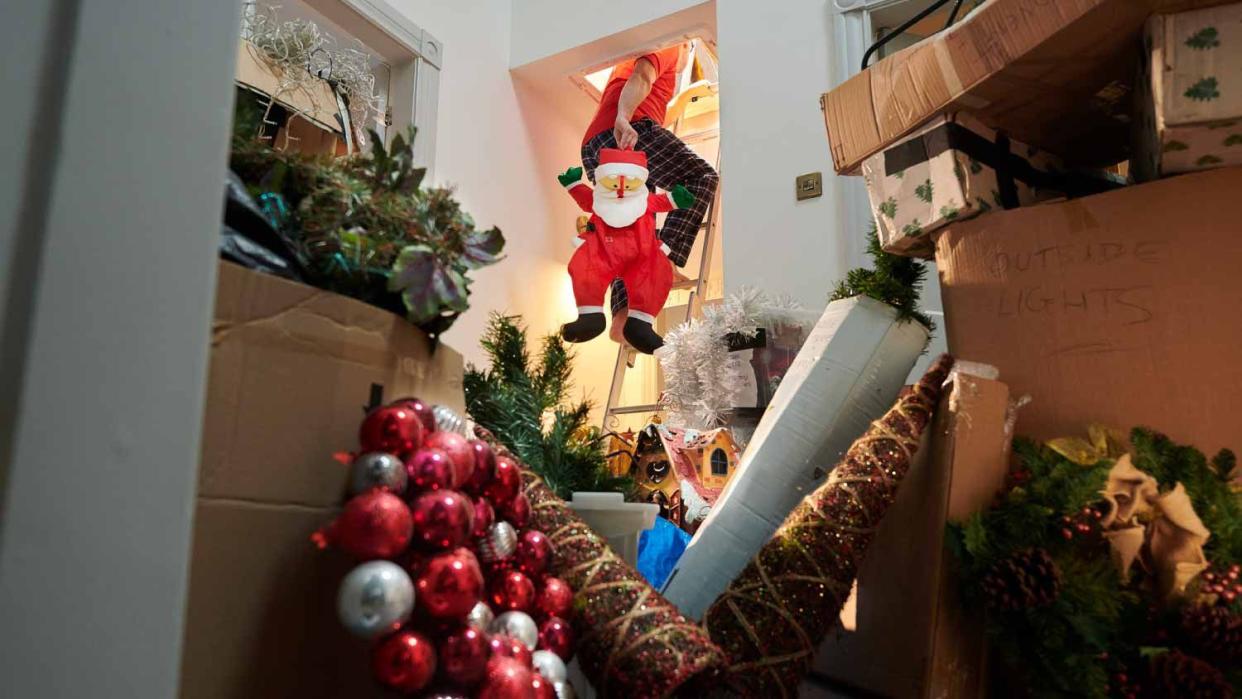
The trade-off is that artificial trees rarely smell quite as nice. Additionally, you’ll need to store them in your home when they’re not being displayed proudly during the holiday season. Plus, all that putting it up and taking it down can add some wear and tear to your tree, meaning you might need to replace it a lot sooner than you expected. Artificial trees also come with their own fire risks, which is why it’s important to practice caution no matter which type of tree you buy.
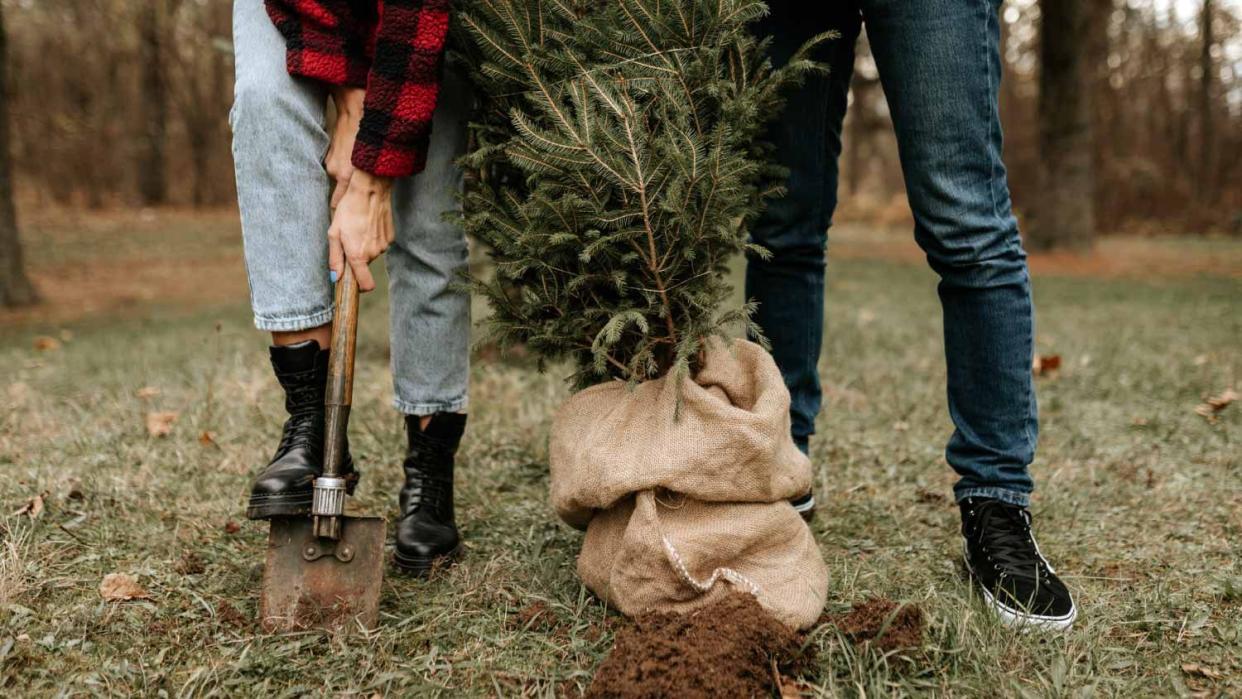
There is a third category of tree you may want to consider. A real tree is one that has been cut down and harvested. It differs from what is typically called a living Christmas tree, which comes with a root ball that you can plant in the ground after the holiday.
Real trees, much like cut flowers, will only stay fresh for a short period as long as the severed trunk is kept in water and not allowed to dry out. As long as you take care of it, a living tree will stay fresh. Unlike a living tree, a real tree will begin to drop pine needles the longer it’s kept inside. Both types of Christmas trees can come in various options, like pine, Douglas fir, and more. Living trees, however, can be much heavier and require a bit more specific care.
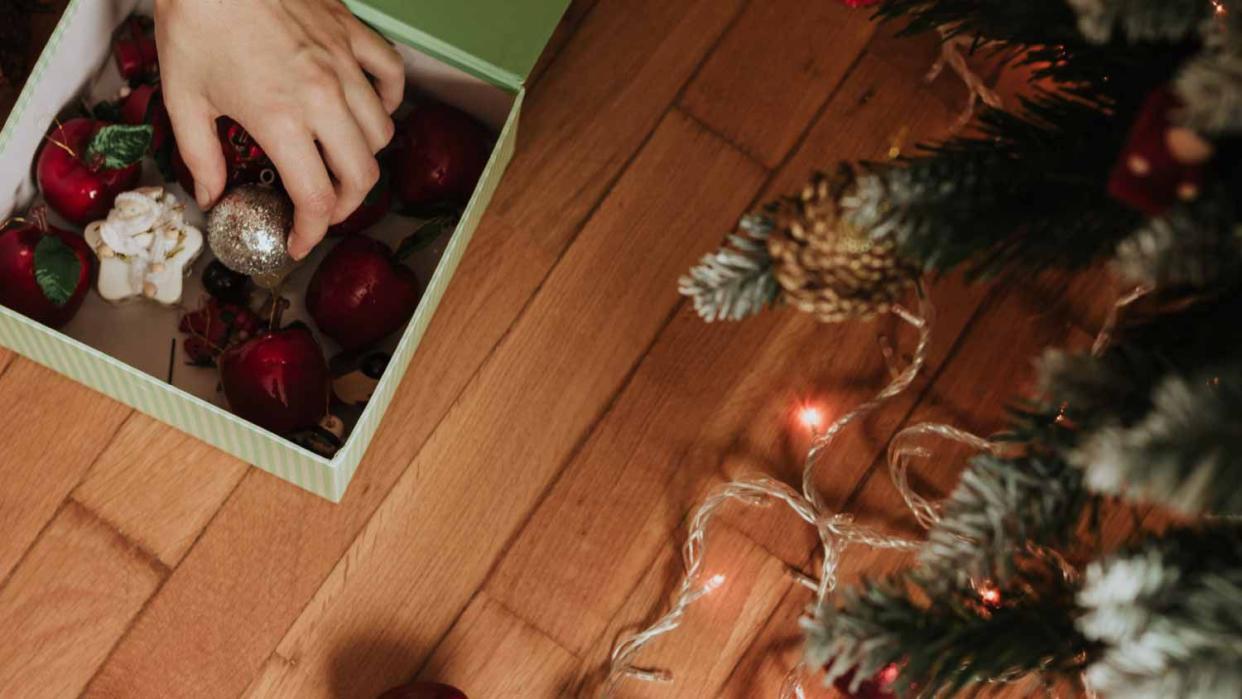
Artificial trees are convenient, but they take up space year-round. However, one area where artificial trees come out on top in the storage department is when you can pack them and your ornaments up in one fell swoop. If they are partially or fully decorated, this could be a major plus.
Real trees, however, don’t need storage and can be disposed of in a variety of ways once New Year’s Day rolls around. All you’ll need to do is store your ornaments.
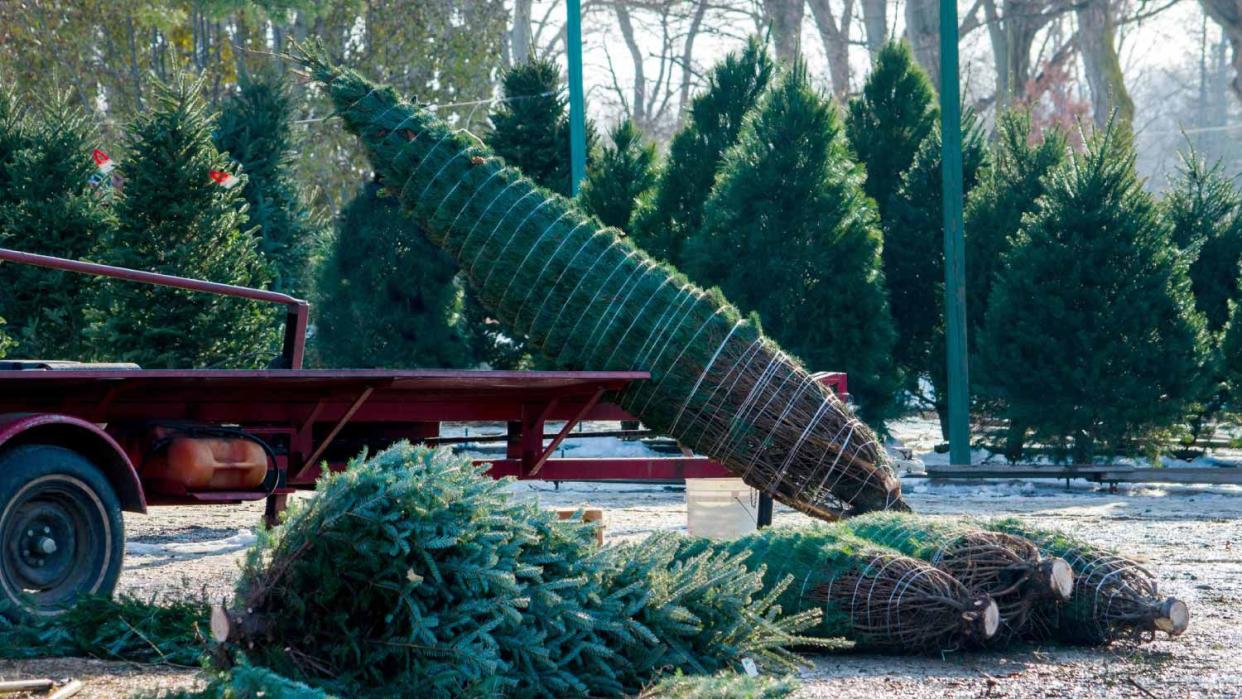
Artificial trees tend to be less expensive over time, as you’ll only be paying a one-time cost.
However, buying a real tree at the start of each holiday season can have some benefits if cost isn’t your biggest concern. Often local organizations will sell real trees as part of a fundraiser for the community, and some farms rely on their Christmas tree sales.
You can find a real tree for as low as $25 in some areas—sometimes even lower if you’re opting to recreate your very own Charlie Brown Christmas tree—which may feel like a small price to pay if your purchase is helping to give back to the community where you live. ‘Tis the season!
Costs less over time: artificial trees
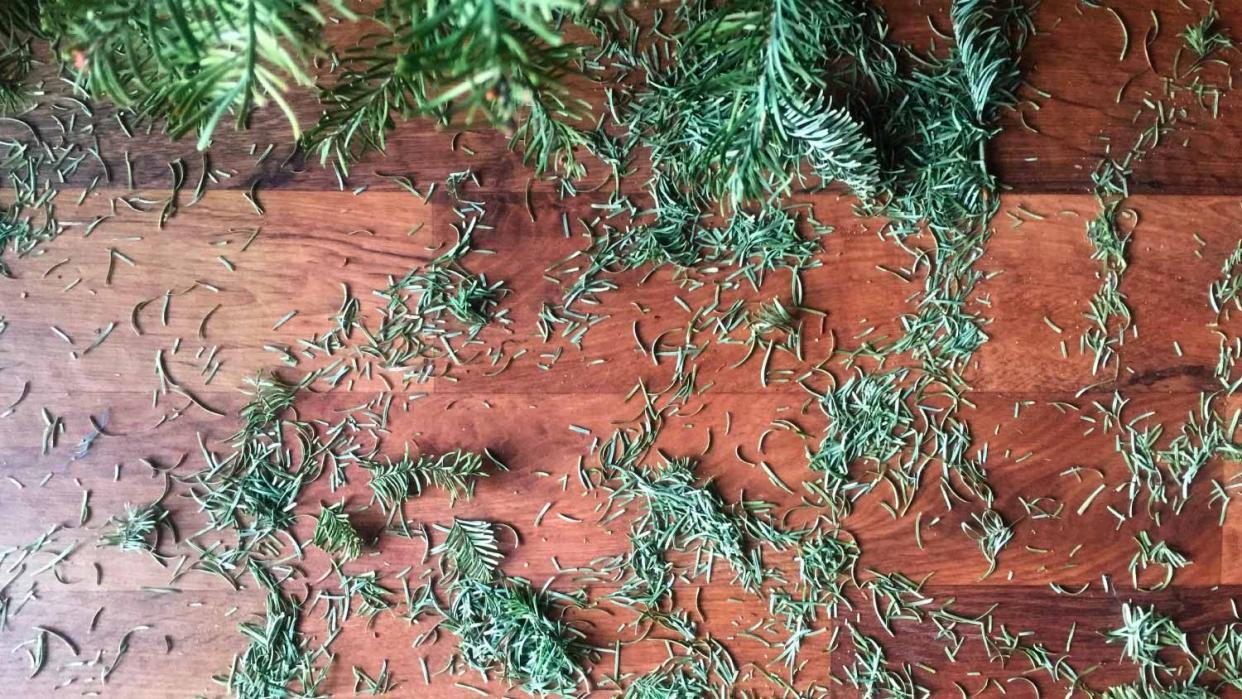
The needles your real tree drops can not only become a real mess, but they can also be painful when they get caught in your socks as you rock around your Christmas tree. If you have carpet, these needles can become embedded in the fibers, which means you’ll be poking yourself and pulling them out of your vacuum well into the new year.
Unless you count the dust that accumulates on your artificial tree’s storage bag while you store it during the year, fake trees come with way less clean-up.
Less mess: artificial trees
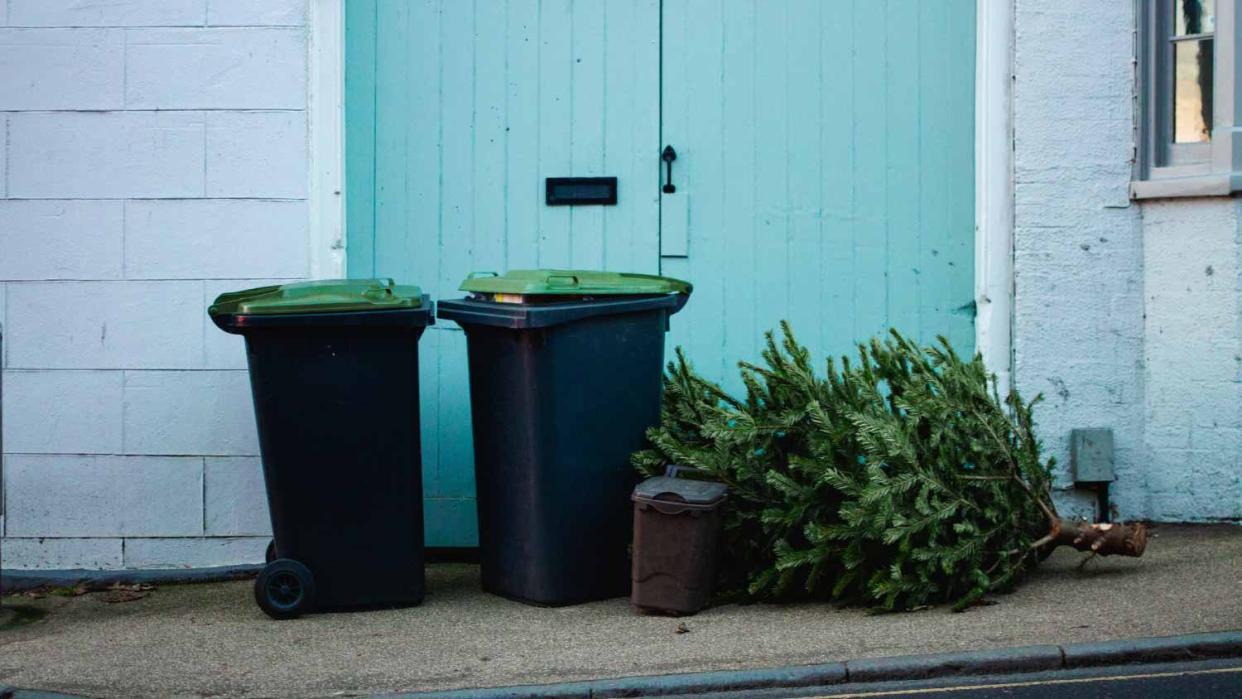
If the thing you’re really pining for when it comes to picking out a Christmas tree is opting for the one with the smallest carbon footprint, then you’ll want to consider your tree’s environmental impact. While real trees can take centuries to break down in a landfill, they are considered better for the environment than their artificial counterparts. This is especially true if you recycle your real Christmas tree through a local program. Artificial trees often come from far away places, which requires the burning of fossil fuels for transportation.
Additionally, the materials artificial trees are made from are rarely recyclable, meaning once you need to replace your fake tree, it will sit in a landfill for centuries before it’s broken down. Lastly, purchasing a real Christmas tree ensures that other trees are planted to replace it. The National Christmas Tree Association estimates that one to three trees are planted for every tree harvested at Christmas. Depending on your priorities, this might make real Christmas trees the clear winner in your book.
More sustainable option: real Christmas trees
